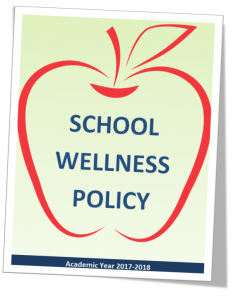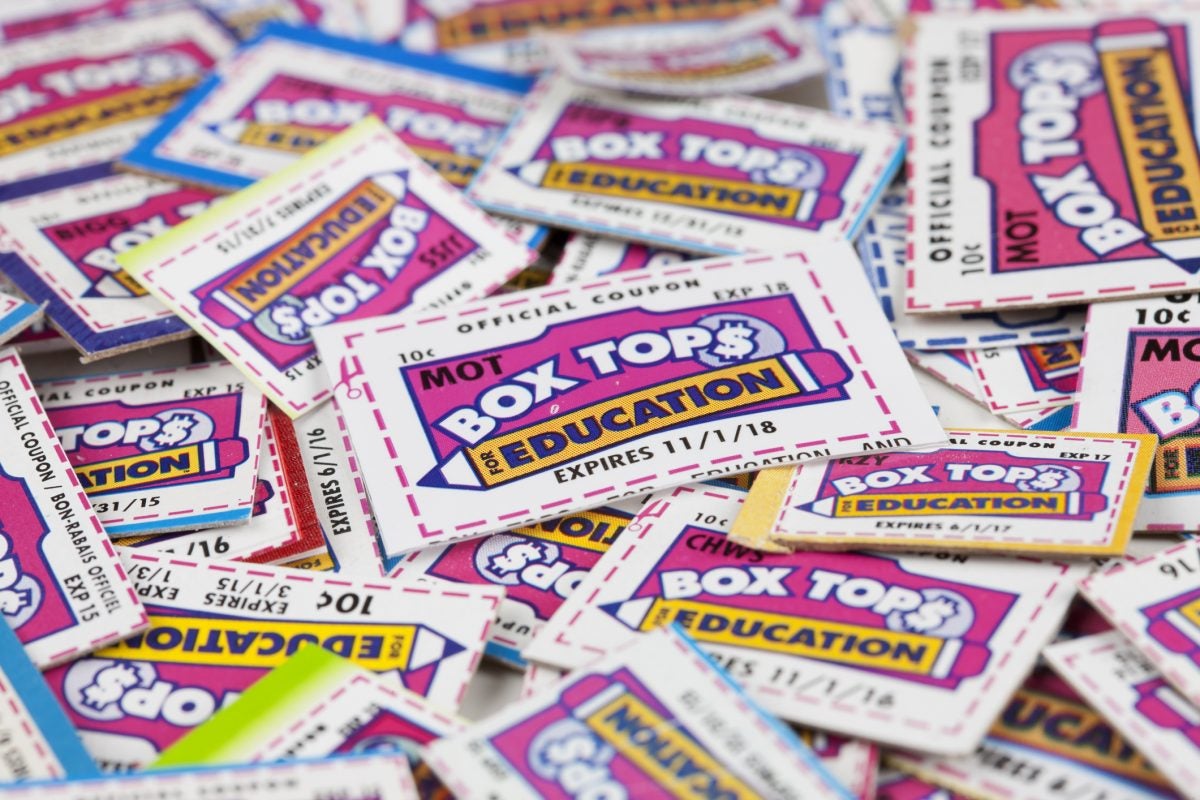An analysis of products included in a popular school-based marketing program finds that less than one third of participating foods and beverages meet federal Smart Snacks in School standards.
Food marketing targeted at children is a billion dollar industry, often promoting foods and beverages that are calorie-dense and low in nutrients. Schools are a significant source of food for a child, providing up to two meals daily and access to snacks from cafeterias, vending machines, school stores, and in some cases fundraising events. Because of this, the Healthy, Hunger-Free Kids Act of 2010 provided guidelines for schools involved in the National School Lunch Program to stop the sale or advertising of foods and beverages that do not meet federal “Smart Snacks” standards. However, school-based brand marketing programs that encourage students and families to purchase specific products in exchange for rewards were not covered by this ruling.
General Mills’ “Box Tops for Education” is one of the largest of these programs, in which over 90,000 schools have participated to earn money by collecting Box Tops from select products. While eligible goods include paperware and office supplies, Box Tops are featured on a wide array of packaged foods and beverages. So how do these participating products stack-up nutritionally?
 When researchers at the Harvard Chan School of Public Health’s Department of Nutrition and MassGeneral Hospital for Children assessed nearly 1,000 participating foods and beverages, they found that less than one third of Box Tops products met Smart Snacks nutrition standards.1 Although these products generally met guidelines for calories, sugar, and trans fat, many foods were high in sodium and lacked healthful ingredients.
When researchers at the Harvard Chan School of Public Health’s Department of Nutrition and MassGeneral Hospital for Children assessed nearly 1,000 participating foods and beverages, they found that less than one third of Box Tops products met Smart Snacks nutrition standards.1 Although these products generally met guidelines for calories, sugar, and trans fat, many foods were high in sodium and lacked healthful ingredients.
“We know that early exposure to food marketing can have a lasting influence on kids’ taste preferences, and we were disappointed to see foods like Gushers, Reese’s Puffs Cereal, and Toaster Strudels advertised to students as part of the Box Tops program,” said Alyssa Moran, lead author and doctoral student in the Department of Nutrition at the Harvard Chan School of Public Health. “The Healthy, Hunger-Free Kids Act aimed to protect kids from food industry marketing in the classroom, but brand marketing programs, like Box Tops, slipped through the cracks. Even though many Box Tops products are prohibited from being sold or directly advertised in schools, General Mills is free to promote them under the guise of Box Tops for Education, which is heavily advertised to kids in schools, supermarkets, and through social media channels.”
Alyssa Moran and Dr. Elsie Taveras discuss the study with This Week in Health
Because the U.S. Department of Agriculture does not prohibit schools from participating in brand marketing programs, the authors note that it is up to school communities to “decide if the financial benefits of participation outweigh the potential harm of marketing unhealthful foods to kids.” Since Box Tops began in 1996, the program has contributed an average of less than $7,000 per school. While this is may not be a significant sum relative to the program’s lifetime, Dr. Elsie Taveras, study author and Division Chief of General Academic Pediatrics at MassGeneral Hospital for Children, discusses the implications when even modest amounts of money can benefit schools facing funding constraints:
We should recognize that $7,000 per school in the lifetime of the program can actually be a big help to poorly-funded schools. It is possible that disparities could arise when schools in low-resource settings, and their children, have to participate in programs such as Box Tops to receive even a small amount of additional funding to benefit their schools. Furthermore, many parents are looking for ways to be supportive of their children’s classroom. Box Tops and other similar programs seem like an easy way to do it, but parents are unaware that by doing so their children are being converted into brand ambassadors. In essence, programs like Box Tops for Education leverage poor school funding and caring parents to promote the purchase of poor quality foods.
 In light of the findings, the study authors prompt parents, teachers, and staff to assess their school’s policies on brand marketing programs. Moran says that “schools have the power to determine whether they want their students participating in brand marketing programs like Box Tops, and under what conditions they are willing to participate.” While one option is for schools to opt-out completely by prohibiting brand marketing programs under school wellness policies, she says that “school administrators, parents, and nutrition advocacy groups could also put more pressure on the food industry to make changes that limit the negative impact of food marketing to kids, and schools could choose to not participate until changes are made.”
In light of the findings, the study authors prompt parents, teachers, and staff to assess their school’s policies on brand marketing programs. Moran says that “schools have the power to determine whether they want their students participating in brand marketing programs like Box Tops, and under what conditions they are willing to participate.” While one option is for schools to opt-out completely by prohibiting brand marketing programs under school wellness policies, she says that “school administrators, parents, and nutrition advocacy groups could also put more pressure on the food industry to make changes that limit the negative impact of food marketing to kids, and schools could choose to not participate until changes are made.”
Some specific improvements to brand marketing programs might include expanding the number of eligible non-food items like household products, and limiting eligibility of food products only to those that meet the Smart Snacks standards, such as frozen or fresh bagged produce. Food companies could also reformulate existing products to meet the Smart Snacks standards by reducing sodium and sugar, and adding healthful ingredients like whole grains, fruits, and vegetables. Such changes may encourage children to make more healthful food choices, while still providing the opportunity to raise money for schools and education.
Related
References
- Moran, A. J., Rimm, E. B., & Taveras, E. M. (2017). A School-Based Brand Marketing Program’s Adherence to Federal Nutrition Criteria. American Journal of Preventive Medicine. ↩
